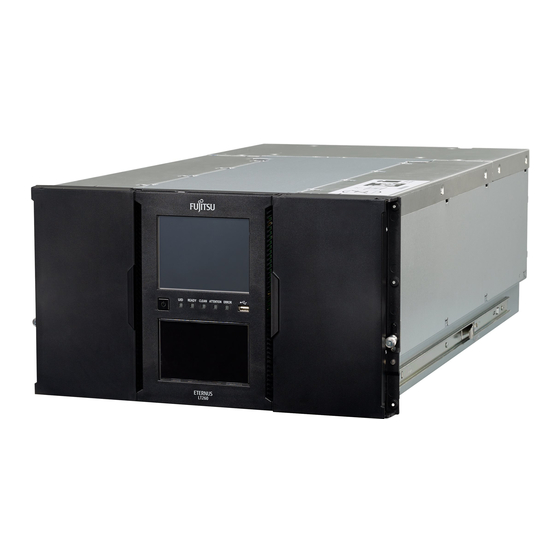
Fujitsu ETERNUS LT260 Manuals
Manuals and User Guides for Fujitsu ETERNUS LT260. We have 5 Fujitsu ETERNUS LT260 manuals available for free PDF download: User Manual, Quick Start Manual
Advertisement
Advertisement
Advertisement




